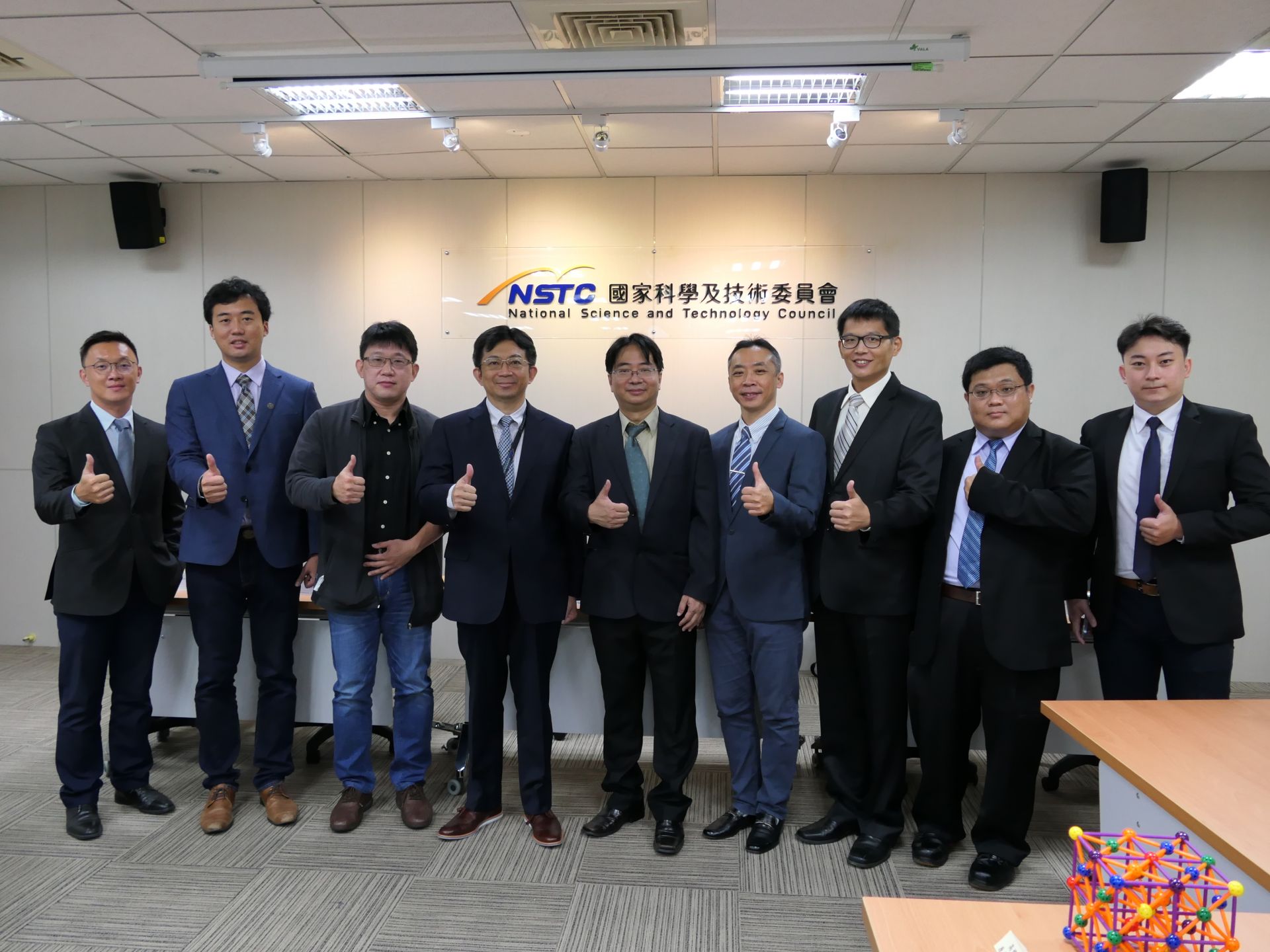In the era of smart communications, many filters, antennas, capacitors and inductors can be found in common electronic products, such as mobile phones, computers, tablets and wearable devices. In order to increase the transmission dis-tance and reduce power consumption, the material of these communication components and passive components requires higher specification and the metal materials responsible for transmission and electrodes are the key. At present, no-ble metals, such as gold, silver, palladium and platinum, are widely used in indus-tries. Besides the cost, the problem of poor matching of properties between met-als and ceramic substrate materials has become more and more influential in high-frequency applications.
To solve these problems, Professor Chuan-Feng Shih's team has successfully developed high-entropy materials for communication components, which have three technical highlights:
Replacing noble metal materials at a lower cost
The cost of the conductive layer materials commonly used in high-frequency communication components is high. Professor Shih’s team can provide the high-entropy materials not only with excellent electrical conductivity and thermal sta-bility but also with extremely low cost compared to palladium, platinum , plati-num, silver and other noble metals. This can greatly reduce the material cost of component production by at least 80%. This highly cost-effective high-entropy material will bring a revolutionary breakthrough to the industry.
High conductivity and low thermal expansion coefficient, more suitable for the application requirements of the conductive layer of high-frequency communication components
The resistivity of the material suitable for the conductive layer of high-frequency components needs to be very low to reduce the loss. To overcome the problem of poor conductivity of traditional alloys, Professor Shih’s team designed a high-entropy material capable of solid solution, with a resistivity of less than 4 μΩ -cm, which has met the requirements of industrial applications, and can be used as a new high-conductivity material choice other than gold and silver. High-frequency communication components are often designed and manufactured with multi-layer wiring stacks. In the production process, the degree of thermal expansion of the materials used after the heating process needs to be further con-sidered. Compared with the thermal expansion coefficient of gold at 14.2 ppm/K or silver at 19.5 ppm/K, the thermal expansion coefficient of the high-entropy ma-terial developed by Professor Shih's team is between 2~7 ppm/K, which is closer to 5~7 ppm/K of common commercial ceramic substrates and has excellent ther-mal stability and matching. It can improve the stability of the conductive layer in-terface in the metal-ceramic co-firing process and reduce the major problems that affect the operation of the device, such as metal diffusion and peeling due to thermal expansion.
Excellent temperature tolerance in extreme environments, enabling far-ther and more stable signal transmission
Using high-entropy alloy slurry and ceramic substrate co-fired high-frequency antenna and filter components, the temperature coefficient of resonant frequen-cy of the component registers around 6.8 to -6.9 ppm/°C, which is better than -30.9 ppm/°C of commercial silver, with a stable operation frequency and low transmission loss. The high-entropy materials developed by Professor Shih's team can be applied to various high-frequency communication components, including: (1) 5G NR antenna: it is suitable for the n77 and n79 frequency bands used by 5G phones. (2) Vehicle antenna: it has reached the standard range of commercial grade. (3) Micro Wi-Fi remote control antenna: It can operate stably in the envi-ronment of -10℃~80℃, and the signal transmission distance can exceed 250 me-ters.
At the press conference, the team showed the powder and slurry products of high-entropy alloys, as well as antenna elements of high-entropy alloys used in the 5G NR band, high-entropy thin-film antennas for vehicles, and high-frequency fil-ters. Antennas made of high-entropy materials have long signal transmission dis-tances, small operating frequency drift, and good temperature adaptability. At the same time, the antennas can be mass-produced and meet industrial standards. The team's key technologies and formulas have been patented domestically and internationally, and the team has cooperated with several domestic companies and signed cooperation intentions, moving towards industrial application. In addi-tion to high-frequency communication applications, the team also extends invents to defense, medical, optoelectronic and semiconductor technologies. In view of the high industrial demand and potential of high-entropy materials, the “Applied High Entropy Technology Center” was established by National Cheng Kung Univer-sity at the end of 2022, which will serve as the team's industry-university-research cooperation platform to actively develop high-entropy materials and promote their industrial applications.

source:

